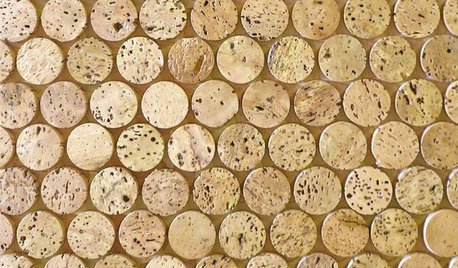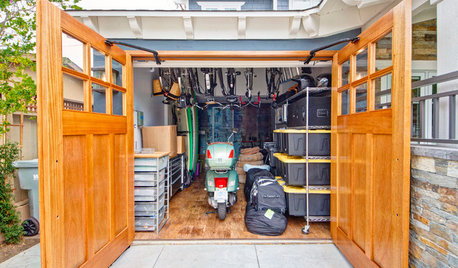What will happen after the Yosemetie fires are put out?
ilovemytrees
10 years ago
Related Stories

PRODUCT PICKSGuest Picks: Put a Cork in It
Buoyant, fire-resistant cork is popping up everywhere these days. Check it out on furnishings, finishes, accessories and more
Full Story
MOST POPULAR9 Real Ways You Can Help After a House Fire
Suggestions from someone who lost her home to fire — and experienced the staggering generosity of community
Full Story
HOUZZ TOURSHouzz Tour: After a Fire, Reimagining a Home
A freak accident destroyed this family’s home on the night before Christmas, but they rebuild and make it a better fit
Full Story
DINING ROOMSRoom of the Day: Putting the Dining Room to Work
With a table for meals and a desk for bringing home the bacon, this dining room earns its keep
Full Story
KITCHEN APPLIANCES9 Places to Put the Microwave in Your Kitchen
See the pros and cons of locating your microwave above, below and beyond the counter
Full Story
GARAGESHouzz Call: How Do You Put Your Garage to Work for Your Home?
Cars, storage, crafts, relaxing ... all of the above? Upload a photo of your garage and tell us how it performs as a workhorse
Full Story
THE HARDWORKING HOMEWhere to Put the Laundry Room
The Hardworking Home: We weigh the pros and cons of washing your clothes in the basement, kitchen, bathroom and more
Full Story
FALL GARDENING5 Ways to Put Fall Leaves to Work in Your Garden
Improve your soil and yard the organic way with a valuable garden booster that grows on trees
Full Story
BATHROOM DESIGNBath Remodeling: So, Where to Put the Toilet?
There's a lot to consider: paneling, baseboards, shower door. Before you install the toilet, get situated with these tips
Full StorySponsored
Central Ohio's Trusted Home Remodeler Specializing in Kitchens & Baths
More Discussions










scotjute Z8
ken_adrian Adrian MI cold Z5
Related Professionals
Hyattsville Landscape Architects & Landscape Designers · Washington Landscape Architects & Landscape Designers · Concord Landscape Contractors · Braintree Landscape Contractors · Clearlake Landscape Contractors · Fairhope Landscape Contractors · Hoover Landscape Contractors · Laguna Hills Landscape Contractors · Nashua Landscape Contractors · Plainview Landscape Contractors · Seven Hills Landscape Contractors · Woodland Landscape Contractors · Rockville Siding & Exteriors · Kalamazoo Decks, Patios & Outdoor Enclosures · Melvindale Stone, Pavers & ConcreteEmbothrium
Smivies (Ontario - 5b)
greenthumbzdude
botann
famartin
edlincoln
ken_adrian Adrian MI cold Z5
Embothrium
ilovemytreesOriginal Author
drpraetorius
famartin